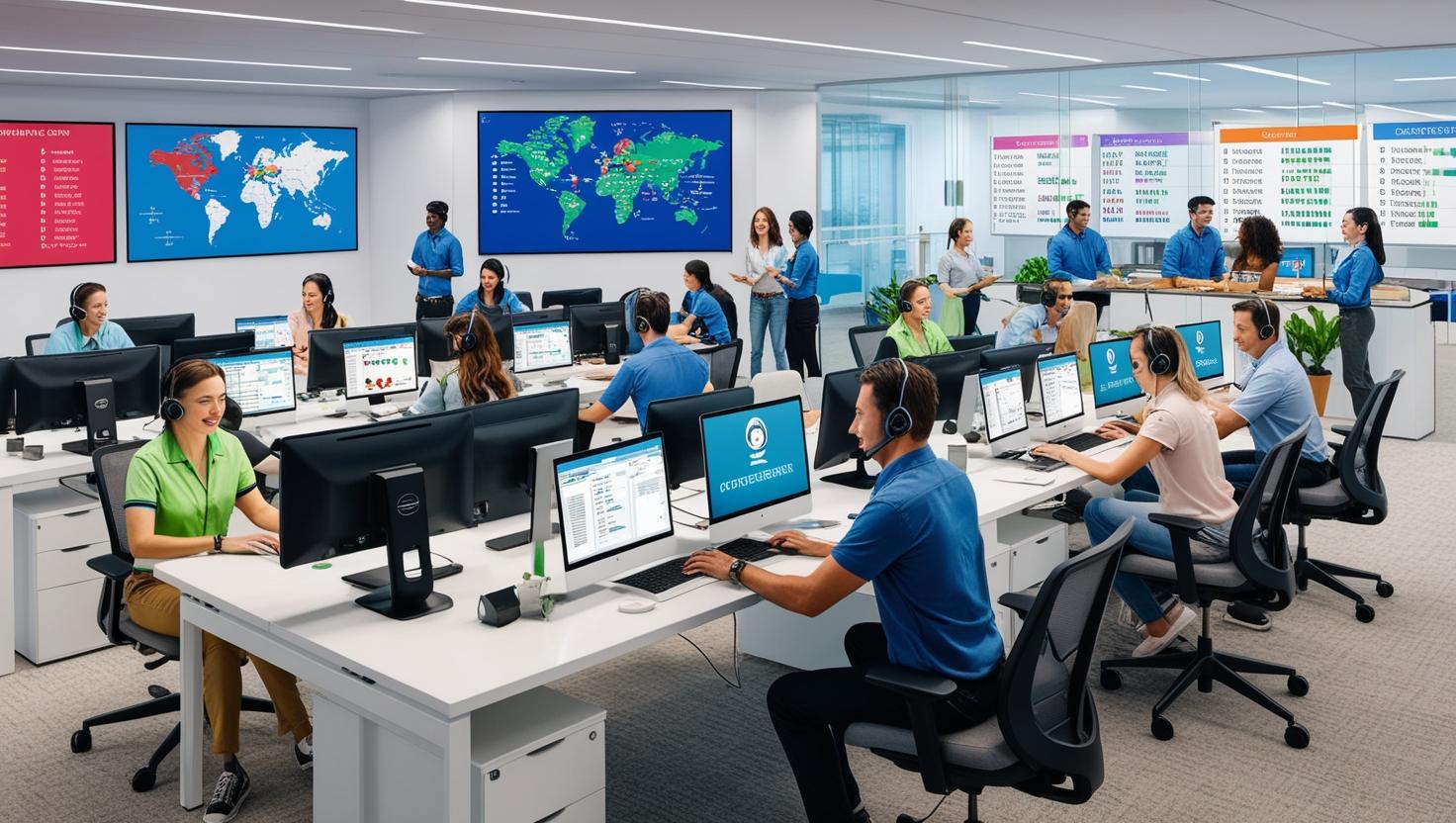“Lights, camera, action!” sounds easy enough, right? Indeed, it is — except when the lights aren’t working and the camera is running out of storage space, and you don’t know what questions to ask, the task of conducting a video interview can be daunting. We’ve created this short guide for you to produce satisfying results for your client. As you’ll see shortly, you only need to follow 5 easy steps. What would it be like if the camera started rolling and the only thing you could hear was radio silence? That’s what happens when the working relationship between you and your interviewee is strained. Before the interview, ask questions, and ask the right ones: you should not only know for certain what that person’s background is but also try to befriend them and get to know their hobbies and passions so that the interview flows seamlessly and so that more than one topic of discussion is brought up naturally. Make sure you get down to the nitty-gritty of what you’d like to find out, but also have filler and open-ended content: you never know how an interesting story can come out of nowhere. Think of questions starting with “W”: when?; who?; where?; why?; and for more explanatory answers, ask “how…?”. Also, keep in mind that you should try to answer the questions yourself before the interview: if you can’t come up with anything, then it’s time to scratch everything and go back to square one. When conducting a video interview for a client, you should first ensure that all distractions while filming are out of the question. You want a well-lit airy room and a neutral background. If there are windows, make sure you close them so that no insects come flying in. Pull up two chairs, one facing the camera, and remember to also fill two glasses with water — you don’t want a dry mouth to ruin your work. Lastly, clear the room: too many people at once can make your interviewee feel uncomfortable. Before you start filming, always make sure that your equipment works well. Is everything charged? Do the memory cards have enough storage space on them? How does the microphone sound? Are there any scratches on the camera’s lens? If anything, make sure you have spares lying around, so in case anything goes wrong you can forget about it and start over. While a lot of clarity issues can be solved in post-production, your raw material must be as good as it can be. For this to happen, start your conversation naturally, and make sure the interviewee doesn’t know exactly when the camera starts rolling. This will put them at ease. Moreover, prompt them to answer in full sentences, and to repeat the question in case anything is unclear. Once you’ve finished the interview, thank your interviewee and get their contact info so you can clarify statements in case anything is missing further explanations. Now, check your material: what do you see? You’ve conducted a great video interview.
1. Familiarize yourself with the interviewee
2. Prepare your questions
3. Set your scene
4. Check your equipment
5. Ensure the conversation is coherent and engaging
How to Conduct a Video Interview for a Client in 5 Easy Steps

Recent Articles

21-Apr-2025
From Transactional to Transformational: How B...
Once upon a time, in the mid 2000s, BPOs were like a vending machine. You insert a budget, push the button labeled "support," and out comes a team of ...

14-Apr-2025
AI, Agility, and BPO: The Winning Trio for 20...
If you had told a CEO in 2000 that one day, machines would answer customers with empathy, agents would work from beachside cafes, and business process...

07-Apr-2025
How the Healthcare Industry Can Leverage Staf...
The Morning Crisis at Hospital Dr. Patel glanced at his calendar and sighed. Another twelve-hour shift yet to go with half the emergency room staff...
